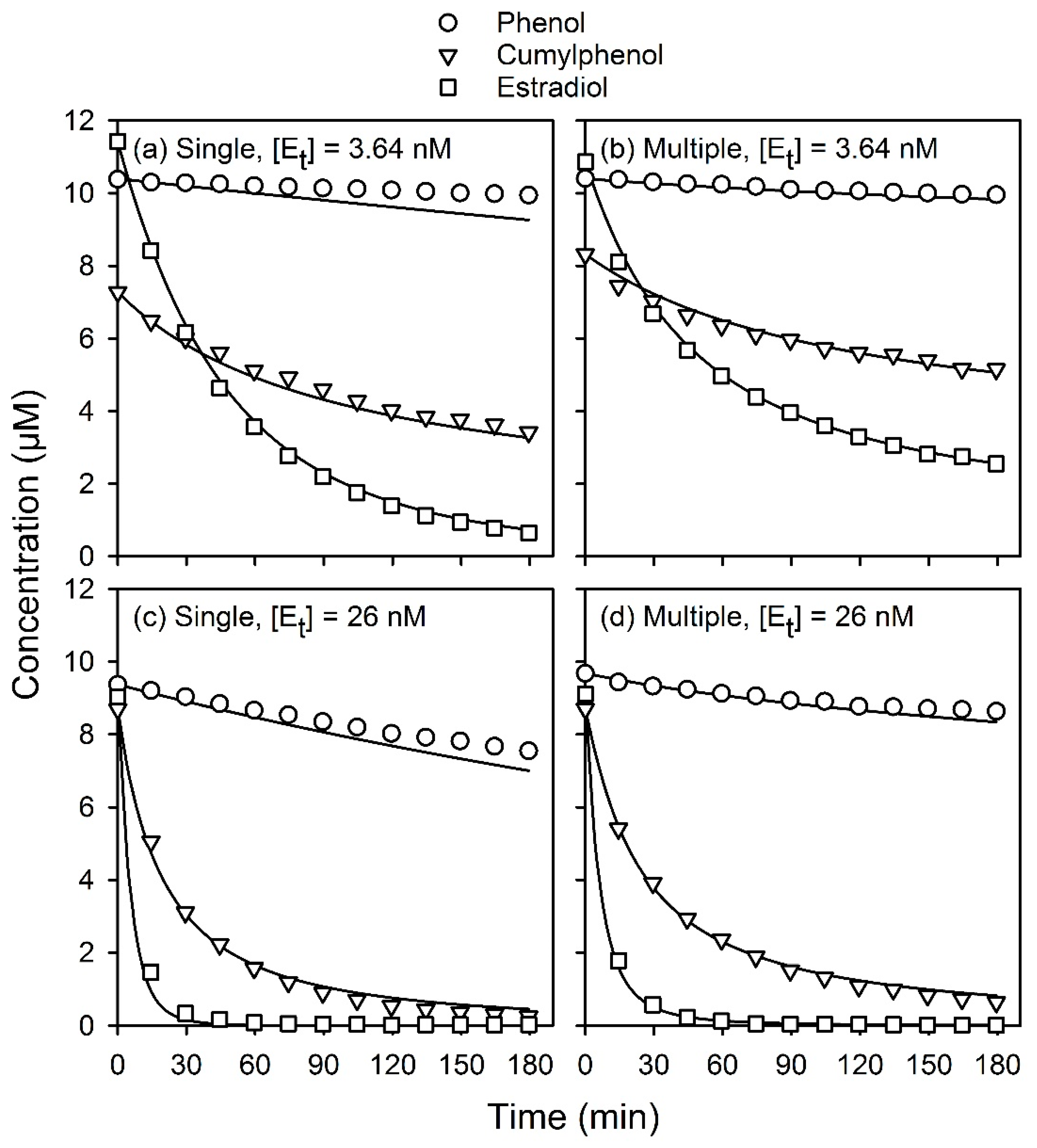

#Polymath software gives constant pressure series#
Finally, a brief summary and series of short review questions and problems are given at the end of the chapter. In developing these equations, the assumptions pertaining to the modeling of each type of reactor are delineated. After defining the rate of reaction, – r A, we show how the general mole balance equation (GMBE) may be used to develop a preliminary form of the design equations of the most common industrial reactors ( ). In this chapter, we develop a general mole balance that can be applied to any species (usually a chemical compound) entering, leaving, reacting, and accumulating within the reaction system volume. This accounting process is achieved through overall mole balances on individual species in the reacting system.

After completing this chapter, you will be able to:Īpply the general mole balance equation to the four most common types of industrial reactorsīefore entering into discussions of the conditions that affect chemical reaction rates mechanisms and reactor design, it is necessary to account for the various chemical species entering, leaving, reacting, and accumulating in a system. This chapter develops the first building block of chemical reaction engineering, mole balances, which will be used continually throughout the text. Other examples shown are the solid–liquid kinetics of acid–rock interactions to improve oil recovery (Chapter 7) pharmacokinetics of cobra bites (Chapter 8 Web module) free-radical scavengers used in the design of motor oils (Chapter 9) enzyme kinetics (Chapter 9) and drug delivery pharmacokinetics (Chapter 9 on the CRE Web site) heat effects, runaway reactions, and plant safety (Chapters 11–13) and increasing the octane number of gasoline and the manufacture of computer chips (Chapter 10). Also shown are the manufacture of ethylene glycol (antifreeze), where three of the most common types of industrial reactors are used (Chapters 5 and 6), and the use of wetlands to degrade toxic chemicals (Chapter 7 on the CRE Web site). These examples, which can be found either in the text or as Web modules, include modeling smog in the Los Angeles (L.A.) basin (Chapter 1 Web module), the digestive system of a hippopotamus (Chapter 2 Web module) on the CRE Web site, ( and molecular CRE (Chapter 3 Web module). Some of the examples that illustrate the wide application of CRE principles in this book are shown in Figure 1-2. The chemical reaction engineering ( CRE) principles learned here can also be applied in many areas, such as waste water treatment, microelectronics, nanoparticles fabrication, and pharmacokinetics of living systems, in addition to the more traditional areas of the manufacture of chemicals and pharmaceuticals. For example, if a reaction system produces a large amount of undesirable product, subsequent purification and separation of the desired product could make the entire process economically unfeasible.įigure 1-1 Manufacture of phthalic anhydride. The selection of a reaction system that operates in the safest and most efficient manner can be the key to the economic success or failure of a chemical plant.

It is primarily a knowledge of chemical kinetics and reactor design that distinguishes the chemical engineer from other engineers. Chemical kinetics and reactor design are at the heart of producing almost all industrial chemicals, such as the manufacture of phthalic anhydride shown in Figure 1-1. The study of chemical reaction engineering (CRE) combines the study of chemical kinetics with the reactors in which the reactions occur. The Wide, Wild World of Chemical Reaction EngineeringĬhemical kinetics is the study of chemical reaction rates and reaction mechanisms. The first step to knowledge is to know that we are ignorant. Elements of Chemical Reaction Engineering, 6th Edition


 0 kommentar(er)
0 kommentar(er)
